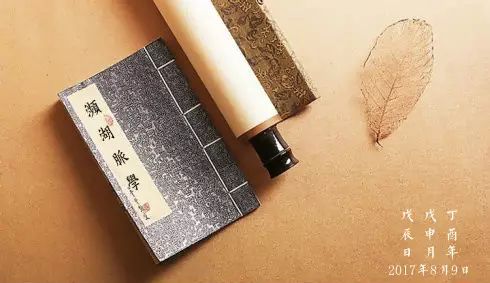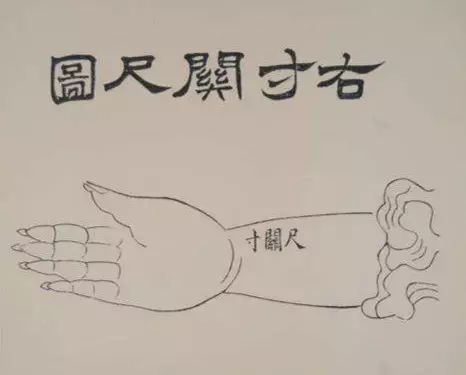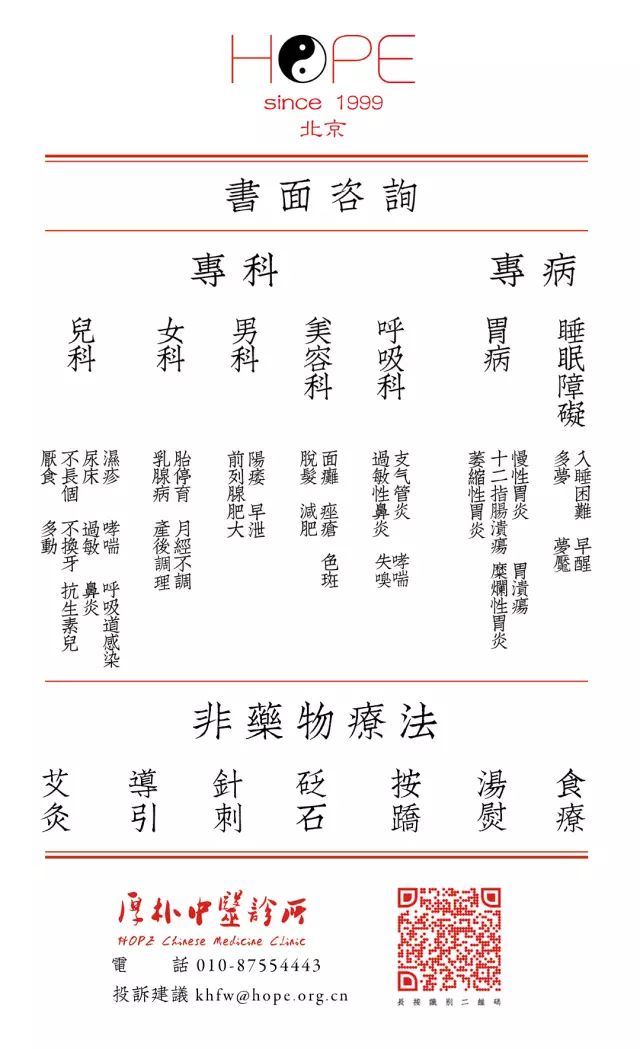

The second poem describes the characteristics of the 浮脈 (fú mài) (floating pulse) and its differentiation from other pulses. It states: “Floating like wood floating in water.” If you have never touched a 榆錢兒 (yú qián ér) (elm seed) or a bird’s feather, let me give you another example: a piece of wood floating on water. When you touch it, you feel that if you press it down, it disappears. The 浮脈 (fú mài) is like “wood floating in water.”
The second line states, “Floating, large, and hollow is 芤脈 (kāo mài) (hollow pulse).” When you touch it, it feels like a floating pulse, but this 浮脈 (fú mài) is not a solid piece of wood; it is like a scallion, floating above. When you press it, it does not disappear; it sinks in. This type of pulse is no longer called a floating pulse; we call it a 芤脈 (kāo mài).

What does the 芤脈 (kāo mài) indicate? It indicates loss of essence and blood. A woman with uterine bleeding, a man with frequent nocturnal emissions, or someone who has just donated blood, sweated profusely, or had diarrhea, losing their essence and blood, will have a 芤脈 (kāo mài). The sensation of the 芤脈 (kāo mài) is also floating, but the yang energy is depleted, and when you touch it, it feels empty inside. Thus, it differentiates the 浮脈 (fú mài) from the 芤脈 (kāo mài).
The next differentiation is called “pulsating and floating is 洪脈 (hóng mài)” (surging pulse). Another pulse that is easily confused with the 浮脈 (fú mài) is the 洪脈 (hóng mài), which feels like a flood. Its sensation is what? It has a large wave amplitude, like the sea or river water crashing against the shore or beach, one wave after another. This sensation is no longer a floating pulse; it is a 洪脈 (hóng mài). What does this 洪脈 (hóng mài) mean? It means that when you lightly touch it, you can feel it, but when you press down, it still exists, and you can feel the up-and-down wave-like sensation. This 洪脈 (hóng mài) indicates high fever.

In our 傷寒論 (Shānghán lùn) (Treatise on Cold Damage), when discussing 白虎湯 (Bái hǔ tāng) (White Tiger Decoction), there are four major symptoms: high fever, profuse sweating, great thirst, and a 洪脈 (hóng mài). This indicates that the heat is no longer superficial but has penetrated inward. At this point, do not try to release the exterior; it is no longer a 浮脈 (fú mài); it is a 洪脈 (hóng mài). Another sensation of the 洪脈 (hóng mài) is: “Though it comes strong, it goes gently.” The characteristic of the 洪脈 (hóng mài) is called “tiger head, snake tail”; it comes with great force but, upon careful examination, lacks follow-through. This indicates that the person’s vital energy is almost exhausted from fighting against external pathogens. This is how 李時珍 (Lǐ Shízhēn) elaborates on the 浮脈 (fú mài), clarifying its distinction from the 芤脈 (kāo mài) and 洪脈 (hóng mài) to prevent misdiagnosis in the future. This is his second poem.
The third poem discusses the 寸關尺 (cùn guān chǐ) (cun-guan-chi) measurement. Generally, in normal individuals, we can feel the pulse at all three finger positions, with the cun and guan being normal and the chi being slightly weak. This is considered normal. For those with good cultivation, the pulse may be longer, meaning that there is still a pulse at the chi position. Now, with advancements in technology, many unusual pulses have been discovered. In my clinic, a retired general from the army came to see me after hearing about me from 梁冬 (Liáng Dōng) on 國學堂 (Guóxué táng) (National Studies Hall). When he came, he did not speak but extended his arm, actually testing me. Do not be afraid of being tested by patients. Once you pass the test, the patient’s trust in you will be established from the heart, and at that point, you could give them sawdust, and they would feel better. However, many people fail the test because their basic skills are lacking.

When he extended his arm, I felt the pulse at all three finger positions. My fingers were spread apart, and there was still a pulse. I said, “This pulse is quite strange; it is said that a long pulse indicates sufficient kidney qi and longevity. However, this pulse is not that of a healthy person; it is not the pulse of a strong body with sufficient kidney qi. Although the pulse is long, the wave amplitude is very small, and the pulse beats are weak, and there is a slight arrhythmia. When there is arrhythmia, the person’s spirit is disturbed. In pulse diagnosis, we must pay attention to two terms: one is heart rhythm, and the other is heart rate. Heart rate refers to speed. In ancient times, when doctors diagnosed pulses, they had to first regulate their breathing, adjust their mood, and calm their spirit. One breath corresponds to four beats; one inhale and one exhale correspond to four pulse beats, which is called a normal pulse; if one breath exceeds four, five or six, it is called a rapid pulse; if one breath corresponds to three beats, it is called a slow pulse. We use this to initially judge the yin and yang of the pulse.
未
完
待
续
徐文兵 (Xú Wénbīng)
2012年2月

Click the image to learn TCM with Teacher Xu





